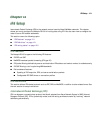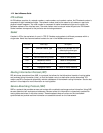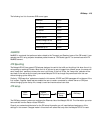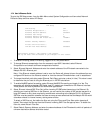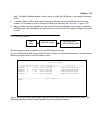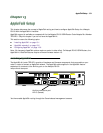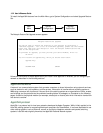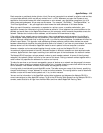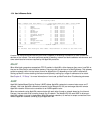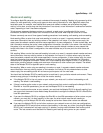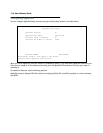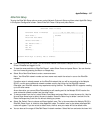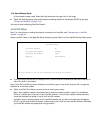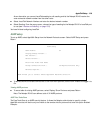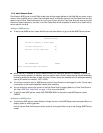AppleTalk Setup 13-3
Each computer or peripheral device (printer, client, file server) connected to a network is called a node and has
a unique node address, which can be any number from 1 to 254. Whenever you open the Chooser or any
application that communicates with other computers on your network, your application compiles a list of all
node names and addresses. All you see are the names --- for example, “Paul’sMac,” “TechSportsWriter,” or
“2nd Floor AppleShare” --- but your application also knows the node addresses of all these devices.
When you send information, commands, or requests to a printer, server, or another workstation, your
application formats the information into units known as packets. It then attaches the correct address to the
packets and sends them to the AppleTalk software on your computer, which forwards the packets across the
network. Packets also include a return address, so the receiver will know where to reply.
If the cabling of your network were a street system, then a node address would correspond to a building’s
street address. Node addresses are not permanent. Each AppleTalk device determines its node address at
startup. Although a Macintosh that is starting up will try to use its previous address, the address will often be
different upon restart. This dynamic node addressing scheme prevents conflicts when devices are moved
between networks and simplifies the administrative tasks of a network. If you have only one network, the node
address alone is all the information AppleTalk needs to send a packet from one computer to another.
However, networks can be connected together through routers, such as the Netopia R3100, into an
internetwork (often shortened to internet). Because devices on different networks can have duplicate node
numbers, AppleTalk tells them apart according to an additional part of their addresses: the network number.
The Netopia R3100 assigns a unique network number to each member network. In terms of the city street
metaphor, the network number is similar to the name of the street. Putting a network number together with a
node number fully specifies the address of a node on an internet.
To make the services on an internet manageable, groups of devices on a network can be grouped into zones.
When this is done, selecting a network service (server, etc.) includes choosing a zone from which the service
can be selected. Like network numbers, zone names are assigned by routers.
A routing table is maintained by each AppleTalk router. The table serves as a map of the internet, specifying
the path and distance, in hops, between its router and other networks. The routing table is used to determine
whether a router will forward a data packet and, if so, to which network.
You can use the information in the AppleTalk routing table to observe and diagnose the Netopia R3100’s
current connections to other AppleTalk routers. To go to the AT Routing Table screen from the Netopia R3100’s
console, select Statistics & Logs from the Main Menu and then select AppleTalk Routing Table.



